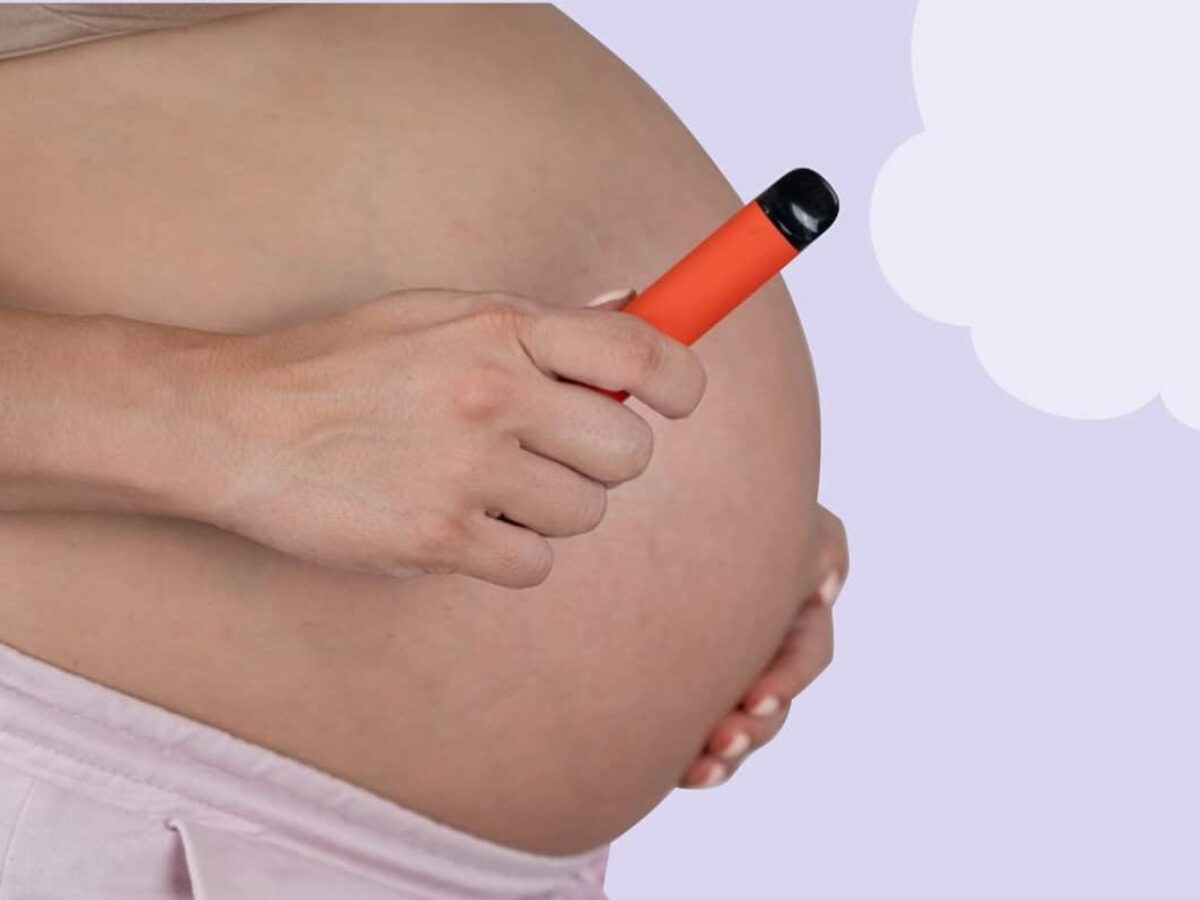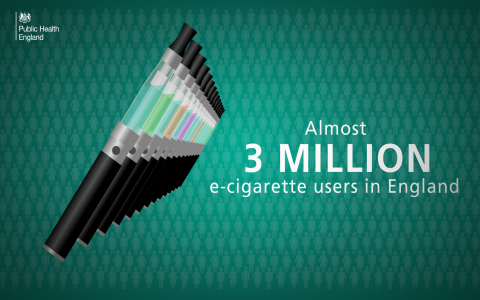Pregnant women face critical decisions about nicotine use, and e-cigarettes pose significant risks despite common misconceptions.
Five Essential Facts on E-Cigarettes and Pregnancy
- E-cigarettes contain harmful chemicals: They emit nicotine, heavy metals, and volatile compounds, similar to traditional tobacco, causing potential harm to fetal development.
- Nicotine disrupts fetal growth: Exposure increases risks of preterm birth, low birth weight, and impaired brain development.
- No safe threshold exists: Research shows no evidence that e-cigarettes are safer than quitting; health authorities recommend complete avoidance.
- Secondhand vapor poses dangers: Residual toxins from e-cigarettes can affect both mother and baby, even without direct use.
- Not an effective cessation tool: E-cigarettes often perpetuate addiction and fail to eliminate nicotine intake, worsening outcomes compared to verified methods.
Exploring Safe Alternatives
Medical guidance focuses on minimizing risks through approved approaches.

- Quit entirely before pregnancy: This optimal strategy improves birth outcomes and maternal health.
- Nicotine replacement therapy: FDA-approved patches or gum may be used under strict doctor supervision, but only if quitting cold turkey fails.
- Non-nicotine behavioral support: Counseling or quitlines provide effective resources without chemical exposure.
- Avoid all tobacco products: Ensure a smoke-free environment, including alternatives like vaping devices.
Always consult a healthcare provider for personalized plans and avoid unregulated substitutes.









